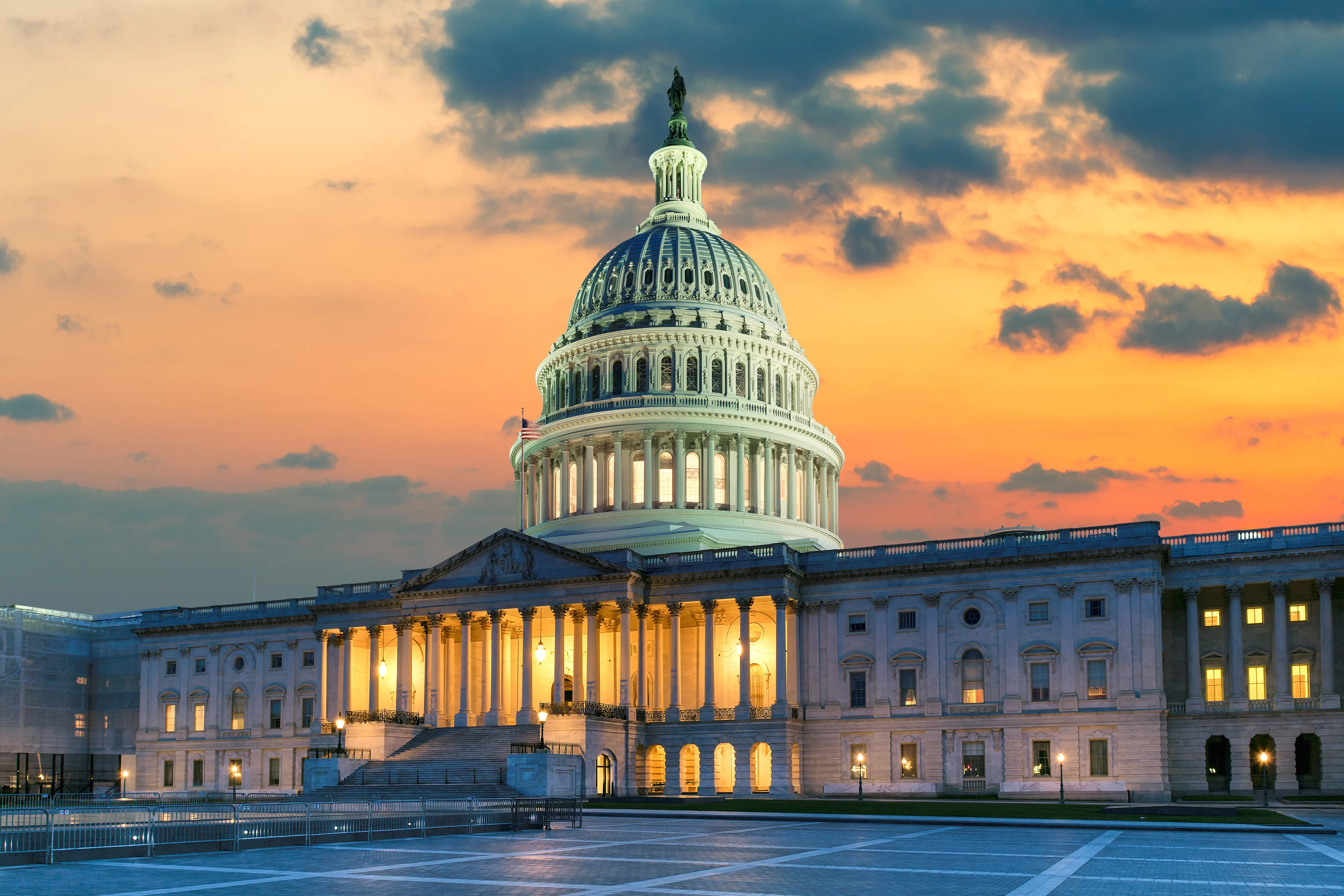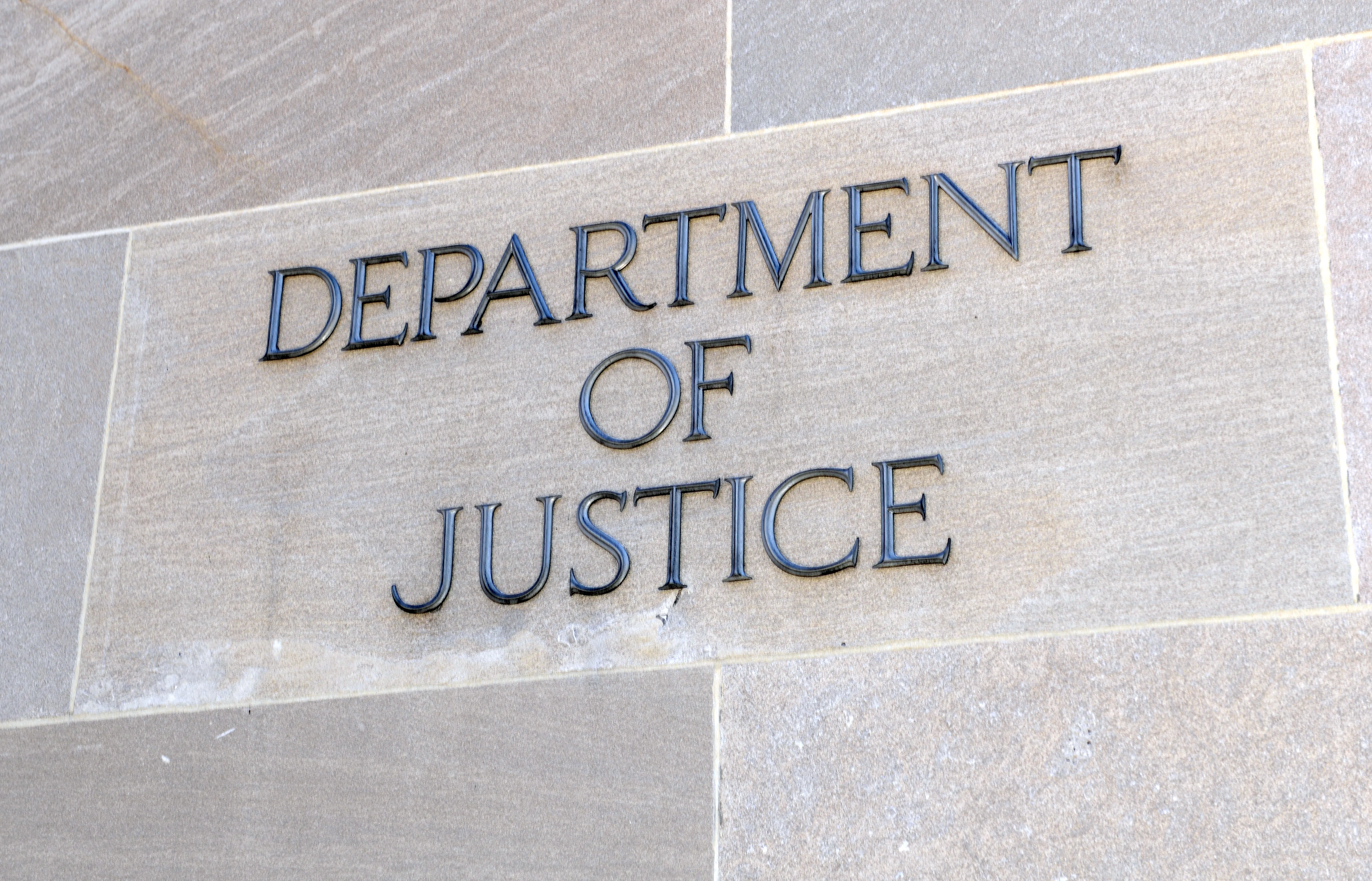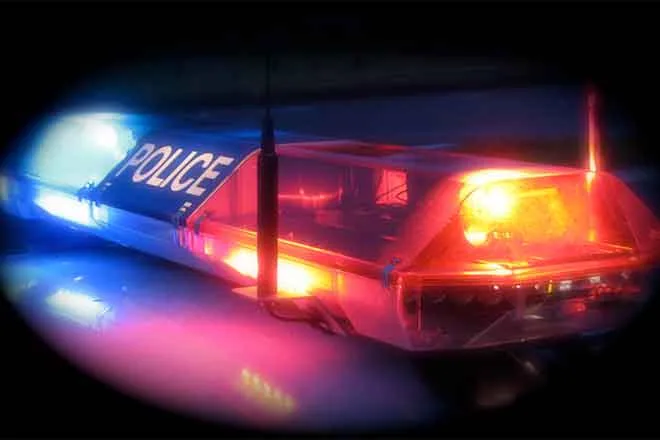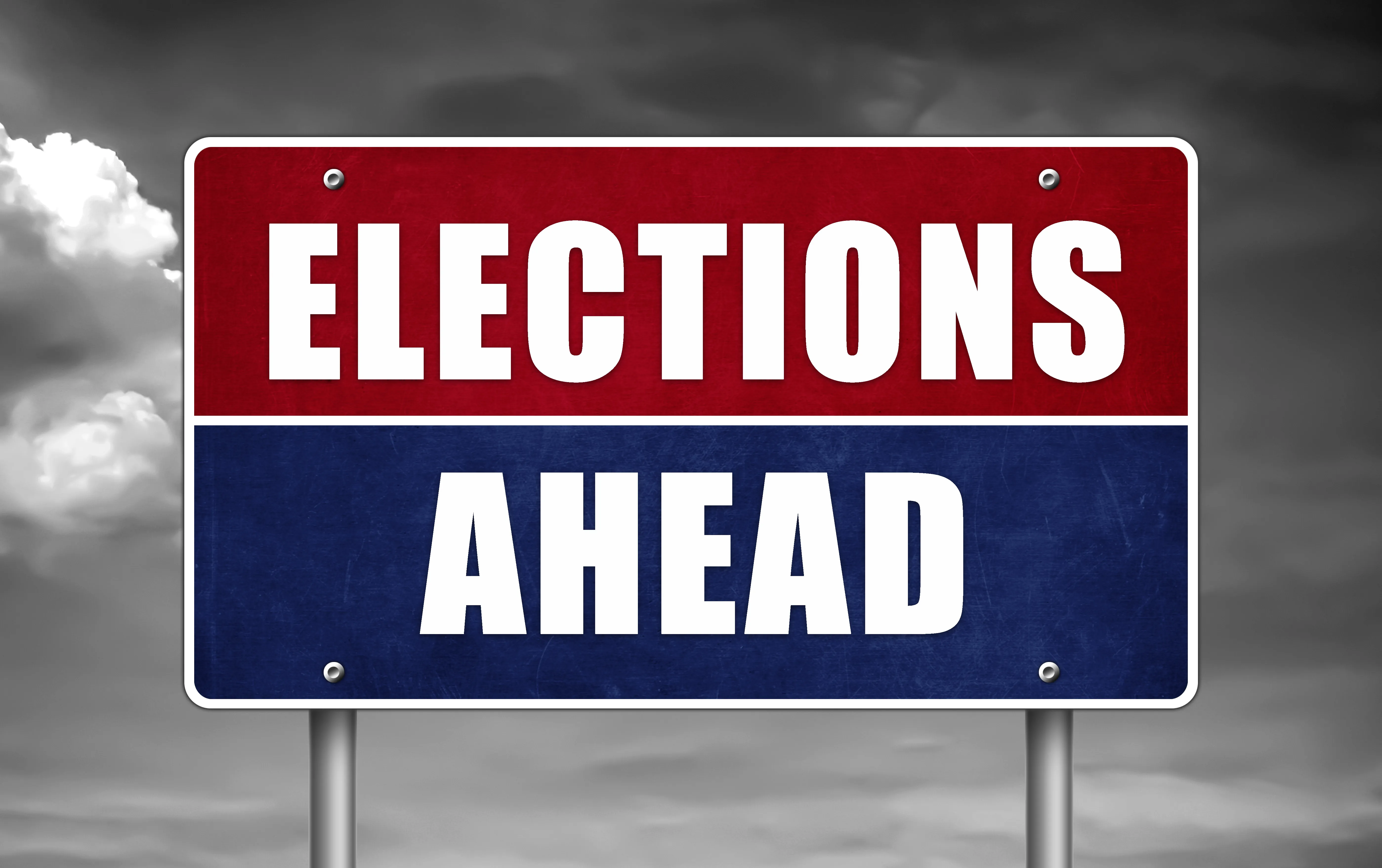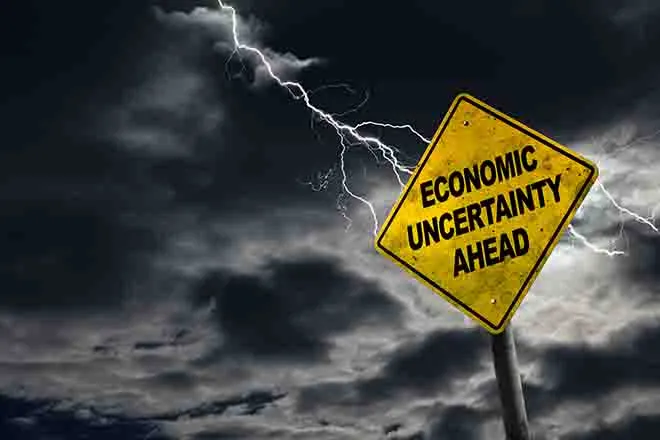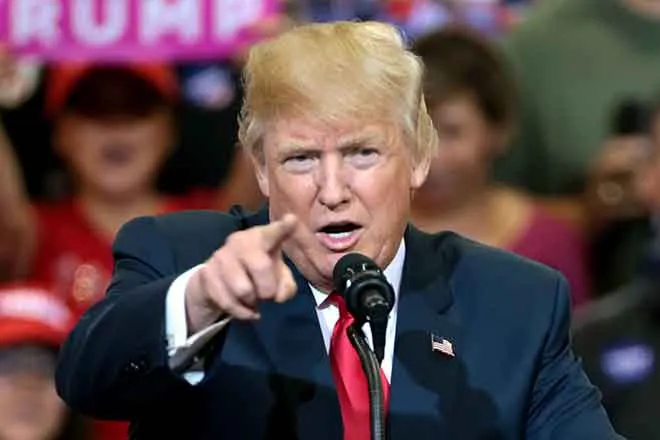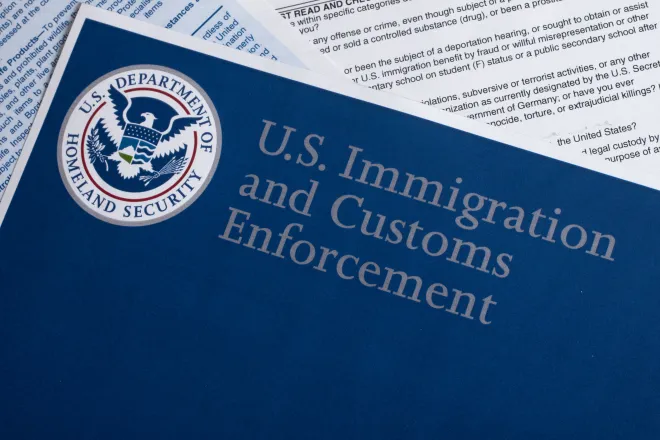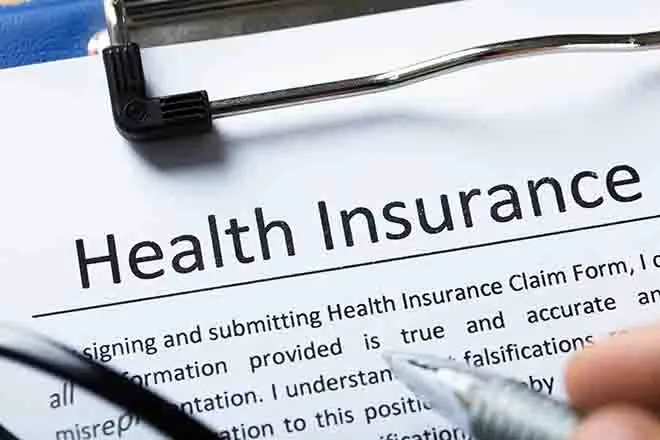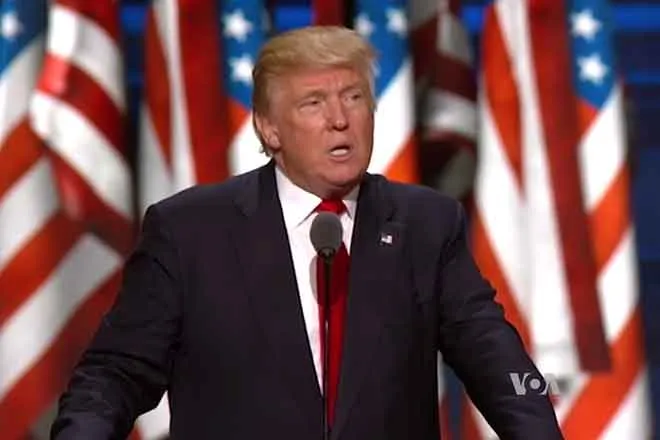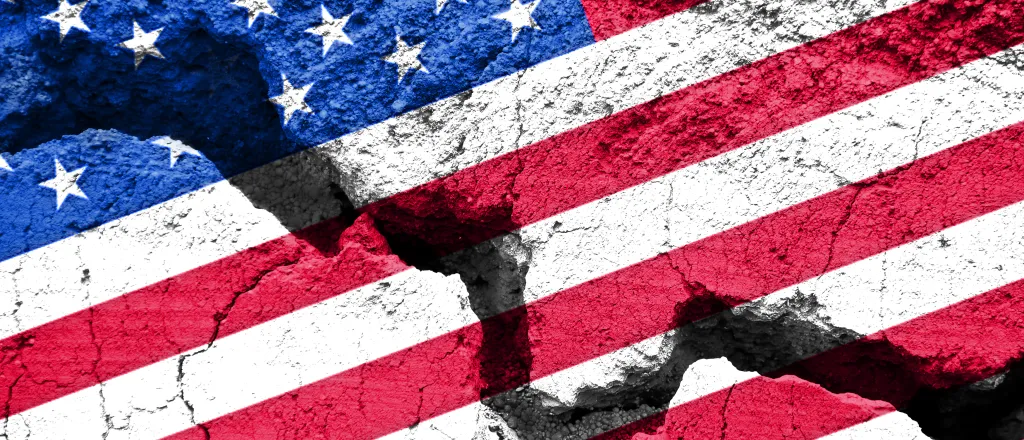
Final results may lag in deadlocked presidential contest, anxious election officials warn
© Delpixart - iStock-607610082
(Colorado Newsline) As an exceedingly bitter, tight and dark campaign for the presidency moves into its last moments, apprehensive election officials and experts warn Election Day is only the first step.
The closing of the polls and end of mail-in voting kick off a nearly three-month process before the next president of the United States is sworn in on Inauguration Day in January. New guardrails were enacted by Congress in 2022 to more fully protect the presidential transition, following the January 6, 2021 mob attack on the U.S. Capitol by Trump supporters and a failed scheme to install fake electors.
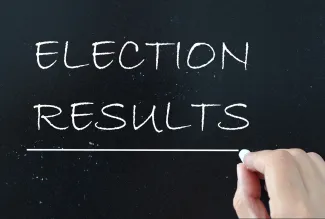
But even before that shift to a new chief executive begins, a presidential victor is unlikely to be announced election night or even the following day.
It’s a result that will possibly take days to determine, given tight margins expected in seven swing states. Officials needed four days to count all the votes to determine President Joe Biden the victor of the 2020 presidential election.
In states like Pennsylvania and Wisconsin, the law does not allow that process to begin for millions of mail-in ballots until Election Day. Other states allow pre-processing of ballots.
Trey Grayson, Kentucky’s former Republican secretary of state, said ballot authentication could be on different timelines across the country after voting ends on Election Day.
“We have 50 states, plus D.C., that pretty much all do it differently,” Grayson, who served as president of the National Association of Secretaries of State, told reporters Friday on a call of bipartisan former state election officials who are working to explain the process to the public.
It could mean “in a very close election that we don’t know on election night who the president is or who controls the House or the Senate, but we should feel confident over the next couple of days, as we work through that, that we’re going to get there,” he said.
Lawsuits and potential recounts
Those delays, which former President Donald Trump seized on to spread the baseless lie that the election was stolen from him, are expected again in November, especially as all eyes will be on the battleground states — Arizona, Georgia, Michigan, Nevada, North Carolina, Pennsylvania and Wisconsin.
Additionally, there already are hundreds of pre-election lawsuits, mainly filed by Republicans, ranging from election integrity challenges to accusations of noncitizens allowed to vote in federal elections — something that rarely happens and is already illegal. The legal challenges could further spark delays.
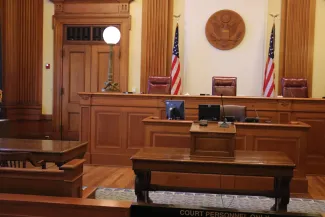
“We will not have a winner on election night most likely and so we need to be able to prepare the public for this,” said Virginia Kase Solomón, the president and CEO of the democracy watchdog group Common Cause, during a Tuesday briefing.
She added that her organization will focus on combating misinformation and disinformation on election night and beyond.
“There is the potential that somebody could claim the win before … all of the votes have been counted,” she said.
In the early morning hours after Election Day in 2020, before results from key states were determined, Trump falsely claimed he won in an address at the White House.
On top of that, experts say this year could see election denial erupting in countless courtrooms and meeting rooms in localities and the states, as well as across social media, if doubts are sown about the results.
Recounts could also delay an official election result, and the laws vary from state to state.
For example, in Pennsylvania, if a candidate demands a recount, three voters from each of the over 9,000 precincts have to petition for a recount.
“We’ve never seen that happen actually in Pennsylvania,” Kathy Boockvar, the commonwealth’s former Democratic secretary of state, said on Friday’s call with reporters.
An automatic statewide recount is triggered in Pennsylvania if there’s a difference of a half percent of all votes cast for the winner and loser. The final recount results, by law, are due to the secretary of state by Nov. 26, and results would be announced on Nov. 27, Boockvar said.
The margin in Pennsylvania’s 2020 results for the presidential election was between 1.1 percent and 1.2 percent, not enough to trigger the automatic recount, Boockvar said.
Taking out the shrubs
State election officials have been preparing for the past year to train poll workers to not only run the voting booths but for possible violence — a precaution put in place after the 2020 election — and have beefed up security around polling locations.
Friday, Trump posted on X that the election “will be under the closest professional scrutiny and, WHEN I WIN, those people that CHEATED will be prosecuted to the fullest extent of the Law, which will include long term prison sentences so that this Depravity of Justice does not happen again.”
© wildpixel - iStock-1393613016
A reporter asked Grayson about the possibility of aggression from poll watchers. The Republican National Committee announced in April a “historic move to safeguard the integrity of the electoral process,” establishing party-led trainings for poll watchers.
Poll watchers are not a new concept, and Grayson said clear “safeguards” are in place.
“If you’re intimidating, you’re gone. There’s clear laws in every state on that,” he said.
Celestine Jeffreys, the city clerk in Green Bay, Wisconsin, said during a Wednesday roundtable with election workers that the city has an Election Day protocol in place that includes everything from blocking off streets to City Hall to getting rid of shrubbery.
“We have actually removed bushes in front of City Hall” to ensure no one can be concealed behind them, she said. In the second assassination attempt on Trump earlier this year, a gunman hid in bushes outside Trump’s private golf course.
New Mexico Secretary of State Maggie Toulouse Oliver said during a Tuesday briefing she is focused on the physical safety of election officials.
During the event with the National Association of Secretaries of State, she said such safety is not only a priority during voting but when officials move to certify the state’s election results in December.
“We have all been spending a lot more time on physical security and making sure that our election officials at all levels are more physically secure this year,” Toulouse Oliver said. “And of course, you know when our electors meet in our states, you know, ensuring for the physical security of that process and those individuals as well.”
On Dec. 17, each state’s electors will meet to vote for the president and vice president. Congress will vote to certify the results on January 6.
“We are thinking a lot more about this in 2024 than we did in 2020, but I think that each one of us … have a playbook in mind for how to handle any unanticipated eventualities in the certification process,” she said.
It’s a security precaution that the U.S. Secret Service is also taking.
For the first time, Congress’ certification of the Electoral College on January 6 has been designated a National Special Security Event, something that is usually reserved for Inauguration Day on Jan. 20.
The 2020 experience
In 2020, The Associated Press did not call the presidential election for Biden until 11:26 a.m. Saturday, Nov. 7 — roughly three-and-a-half days after polls closed. The AP, as well as other media organizations, project election winners after local officials make initial tabulations public.
Those tallies are then canvassed, audited and certified, according to each state’s legal timeline. Recounts may also extend the timeline before final certification.
The vote totals reported in Pennsylvania — a state that carried 20 Electoral College votes in 2020 — put Biden over the top for the 270 needed to win the presidency.
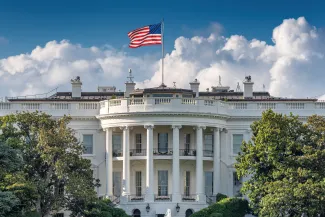
Trump refused to concede the race, and instead promised to take his fight to court.
For the next two months, Trump and his surrogates filed just over 60 lawsuits challenging the results in numerous states. Ultimately none of the judges found evidence of widespread voter fraud.
The next step was for Congress to count each state’s certified slate of electors, which by law, it must do on the January 6 following a presidential election.
However, in the weeks leading up to January 6, Trump and his private lawyers worked to replace legitimate slates of electors with fake ones, according to hundreds of pages of records compiled by a special congressional investigation, and by the U.S. Department of Justice.
Trump pressured then-Vice President Mike Pence to block ratification of the Electoral College’s vote at the January 6 joint session of Congress, because the vice president’s role in the certification of electoral votes was not exactly clear in the Electoral Count Act of 1887.
Pence ultimately refused.
Thousands of Trump supporters stormed the U.S. Capitol on January 6 following a “Stop the Steal” rally at The Ellipse park, south of the White House, where Trump told the crowd, “We will never concede.”
The mob assaulted police officers, broke windows to climb inside and hurled violent threats aimed at elected officials, including the desire to “hang” Pence. More than 1,500 defendants have been charged by the Department of Justice.
Congress stopped its process of reviewing the state electors in the 2 p.m. Eastern hour as police ushered the lawmakers to safety. The joint session resumed at roughly 11:30 p.m., and Pence called the majority of electoral votes for Biden at nearly 4 a.m. on Jan. 7.
New law on presidential transition
To deter another January 6 insurrection, Congress passed the Electoral Count Reform and Presidential Transitional Improvement Act of 2022 as part of a massive appropriations bill.
The Electoral Count Reform Act codifies into law that the vice president, who also serves as the president of the U.S. Senate, only ceremoniously reads aloud a roll call of the votes.
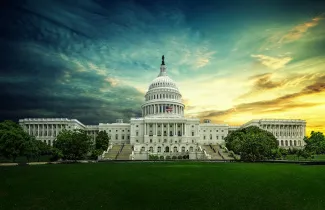
Most notably, the provision raises the threshold for lawmakers to make an objection to electors. Previously, only one U.S. House representative and one U.S. senator would need to make an objection to an elector or slate of electors.
But under the new law, it would take one-fifth of members to lodge an objection and under very specific standards — 87 House members and 20 senators.
The Electoral Count Reform Act also identifies that each state’s governor is the official responsible for submitting the state’s official document that identifies the state’s appointed electors, and says that Congress cannot accept that document from any official besides the governor, unless otherwise specified by the state’s law.
Trump and his allies tried to replace legitimate slates of electors in several states with fake electors who would cast ballots for Trump.
The Presidential Transitional Improvement Act provides candidates with funding and resources for transitional planning, even if a candidate has not conceded after the election.
There are already issues with the transition of power. The top Democrat on the House Committee on Oversight and Accountability, Maryland Representative Jamie Raskin, sent a Wednesday letter to Trump and his running mate, Ohio Senator J.D. Vance, urging them to sign documents to ensure a peaceful transition of power.
“With fewer than three weeks left until an election in which the American people will select a new President of the United States, I urge you to put the public’s interest in maintaining a properly functioning government above any personal financial or political interests you may perceive in boycotting the official transition law and process,” Raskin wrote.
Denial expected at all levels of government
Experts warn the effort to delay certification of the vote is largely being fought at the local and state levels, and that several groups are gearing up to sow doubt in the election outcome.
Devin Burghart, president of the Institute for Research and Education on Human Rights, said on a press call Wednesday that since 2020, “election denial has shifted away from the capital to county election commission meetings, courtrooms, cyber symposiums and countless conspiracies in preparation for a repeat this November.”
“This time, the baseless claim that undocumented immigrants are somehow swamping the polls has fueled the ‘big lie’ machine,” Burghart said.
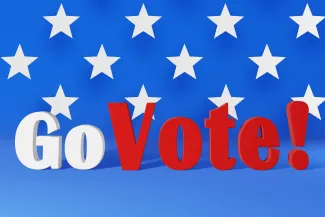
© Yurii Sliusar - iStock-1438854991
Boockvar said the noncitizen topic is not new.
“I’d like to level set and remind everyone that it’s been illegal at the federal level since 1996 and you know, when you think back on 2002 the Help America Vote Act basically required voters to provide ID when they register, which is usually a driver’s license or a Social Security number, and states are checking that data against the DMV database. And these protections are enormously successful,” Boockvar said.
In two high-profile cases, the U.S. Department of Justice sued Republican-led efforts in Alabama and Virginiato purge voter rolls after alleging thousands of noncitizens were registered to vote. Both states were ordered to stop the programs and reinstate voters – though Virginia Governor Glenn Youngkin promised Friday to appeal and even escalate to the Supreme Court.
In Georgia, the state’s Supreme Court delayed new rules until after this election that would have required three poll workers at every precinct to count ballots by hand once the polls closed — essentially delaying unofficial election results.
More than 165 electoral process lawsuits across 37 states have been filed by both parties since 2023 leading up to the 2024 presidential election, according to a survey by Bloomberg of pre-election cases. The journalists found that more than half the cases have been filed in swing states, and challenge almost every facet of the voting process, from absentee voting, to voter roll management, voter eligibility and vote certification.
Republican and conservative groups have filed roughly 55 percent of the lawsuits, mostly aimed at narrowing who can vote, and overall most of the cases were filed in August and September, according to the analysis.
Courts threw out dozens of lawsuits claiming voter fraud in 2020.
Mai Ratakonda, senior counsel at States United Democracy Center, said anti-democracy groups have used litigation “to legitimize their efforts to sow doubt in our election system.”
“We’ve unfortunately continued to see this trend of filing lawsuits to bolster and legitimize narratives that our elections are insecure and laying the groundwork to contest results later,” Ratakonda told reporters on a press call Wednesday hosted by the organization, whose stated mission is to protect nonpartisan election administration.
Timeline of key presidential election dates
- Nov. 5, 2024—Election Day The voters in each state choose electors to serve in the Electoral College.
- By Dec. 11, 2024—Electors appointed The executive of each state signs the Certificate of Ascertainment to appoint the electors chosen in the general election.
- Dec. 17, 2024—Electors vote The electors in each state meet to select the president and vice president of the United States.
- January 6, 2025—Congress counts the vote Congress meets in joint session to count the electoral votes.
- Jan. 20, 2025—Inauguration Day The president-elect is sworn in as president of the United States.
Source: The National Archives and Records Administration
Colorado Newsline is part of States Newsroom, a nonprofit news network supported by grants and a coalition of donors as a 501c(3) public charity. Colorado Newsline maintains editorial independence. Contact Editor Quentin Young for questions: info@coloradonewsline.com. Follow Colorado Newsline on Facebook and X.



